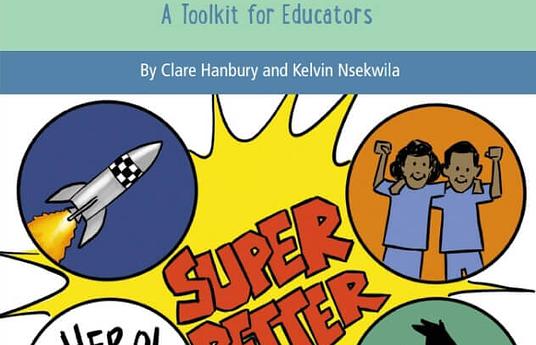The Finch Robot was created at Carnegie Mellon University as part of a research program that aimed to create tools that improved motivation and interest in studying STEM. The hands-on, interactive nature of the Finch Robot engaged students who may have felt computer science, with its solitary sitting and looking at a screen reputation, was not for them.
In 2020, BirdBrain launched the next generation of the Finch Robot, Finch Robot 2.0. Eliminating the USB tether and featuring improved movement, LED lights, and sensors, this revolutionary update to the Finch hardware ensures the robot can continue to serve its mission of deep and joyful computer science learning for many years to come.
When BirdBrain Technologies was created as a company in 2010, our founder, Dr. Tom Lauwers, quickly realized that the benefits of physical computing would not be shared equally among all students, due to the cost of educational technology. To combat this problem he started the Finch Robot loan program, enabling schools to borrow this innovative technology for free with the hopes that one day all students would have the chance to program a robot as a part of their regular school day.
The program has grown over the years and we are now loaning 1200 Finch Robots at any given time to schools across the United States. Our loans have reached over 1000 organizations in all 50 states and Washington DC. We loan to organizations serving students in juvenile detention settings, on Native American reservations, working with students with autism and other learning disabilities, girls working in single-sex environments, deaf students, among many others. In the Remake Learning area alone we’ve reached schools in rural, suburban, and urban settings. Many of our loan organizations work with youth from low-income families and from ethnicities underrepresented in computer science. So far we’ve reached over 168,000 students with our free robot loans, and we’re still going!
We hear many positive stories about how students respond to the Finch Robots; a few of these are collected in the posts below. In addition to experiencing hands-on computer science learning, students have used the Finch Robots to advocate for computer science education with their school boards and superintendents. Some students have even taken the Finches on road trips to their state houses to impress upon their state politicians the need for innovative education. In New Hampshire an enterprising group of students helped save their teacher’s job from being eliminated, using the Finch Robot loan as an example:
“Our district is making significant cutbacks for next year, my job was proposed to be eliminated, however, it was put back in after the students voiced their feedback.... They used the Finch Robots as an example of what learning is all about and how FUN needs to be part of their learning experiences. Incredible testament.”
Another program outcome is that teachers use the Finch Robot loan to build community with their peers. Many loan recipients have used the robots to provide professional development within their districts, as well as at local EdCamps. Loan recipients have also given Finch Robot presentations at regional and national conferences, such as the National Science Teachers Association and SXSWedu. Additionally, when teachers from the same district apply for a loan we introduce them to each other and they form a cohort of innovative teachers in a district, working together on bringing robotics to their students. The excitement generated by the loan can often catalyze a permanent change at an organization, most specifically by allowing participating teachers to generate community interest to advocate for permanent computer science offerings. The addition of the loan robots to an existing computer science class can catalyze interest in the class, and teachers often borrow the robots specifically to boost enrollment in their existing classes.
The loan program also allows us to continuously receive feedback on how to improve our offerings to better meet the needs of diverse users. We adapt our materials and add new lessons based on loan program feedback. We also participate in ongoing research using the Finch Robot; a professor at Southern Utah University used the loan Finch Robots to demonstrate the feasibility of providing robotics education at scale in a low-income, rural, elementary population.
At BirdBrain Technologies we believe that all students, regardless of background, have a right to learn computer science in deep and joyful ways. The Finch Robot Loan Program is our way of diversifying the reach of our robots and inspiring young programmers across the country.



